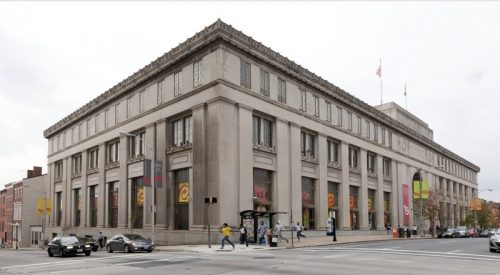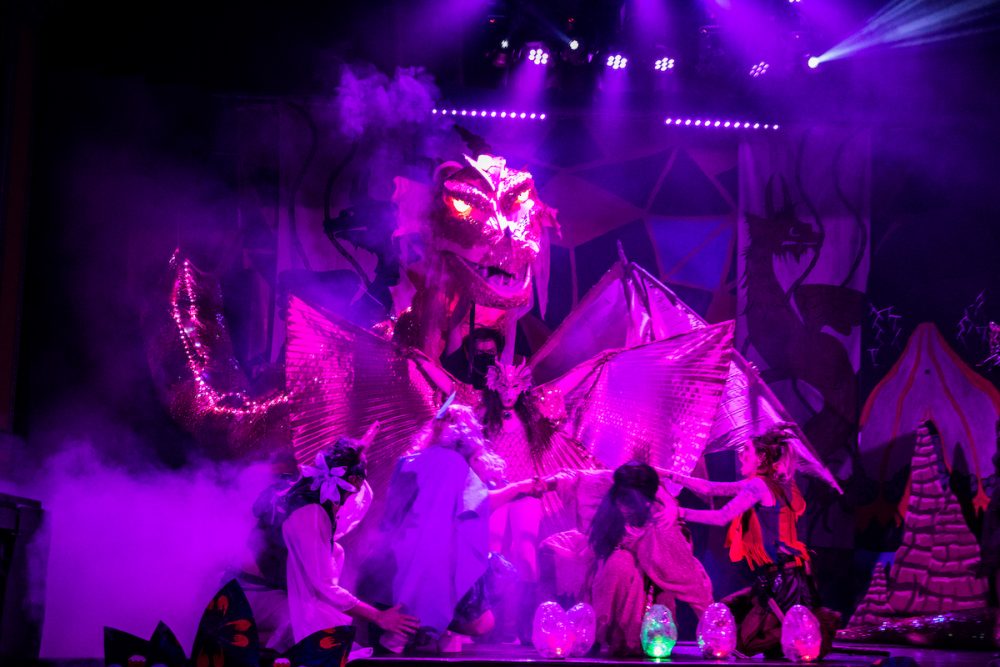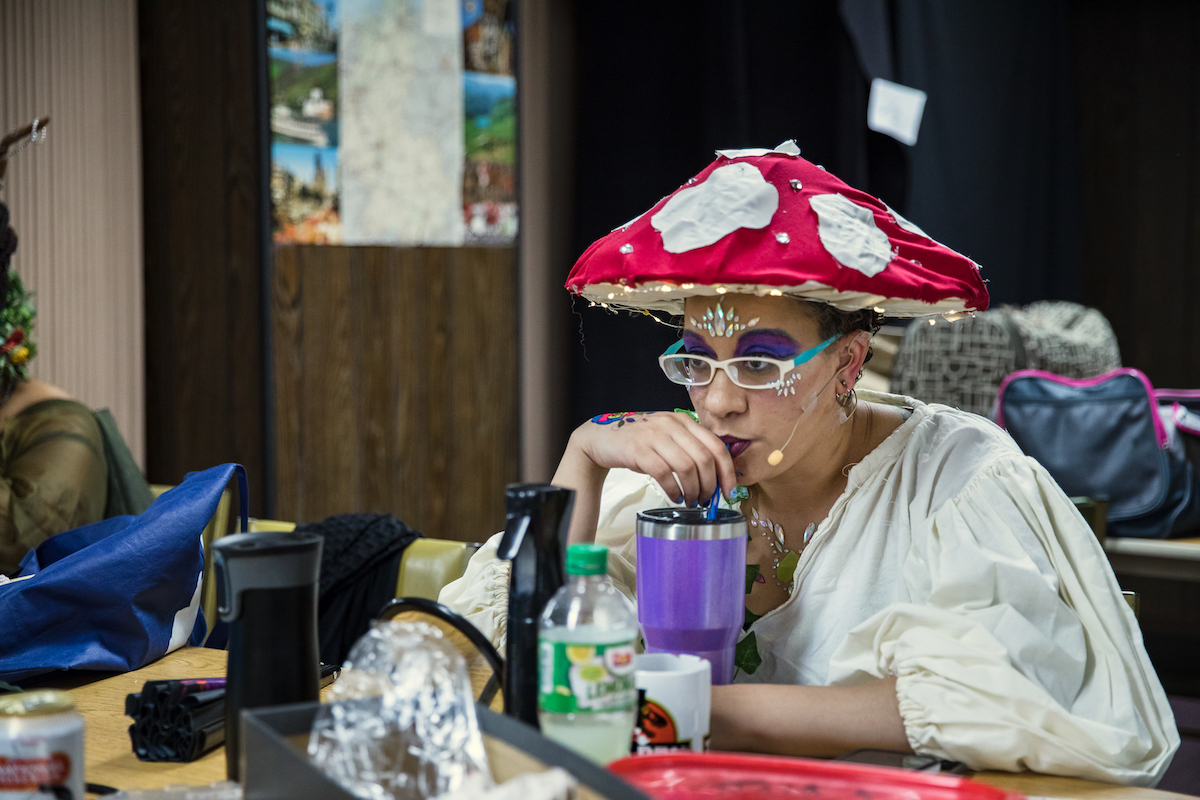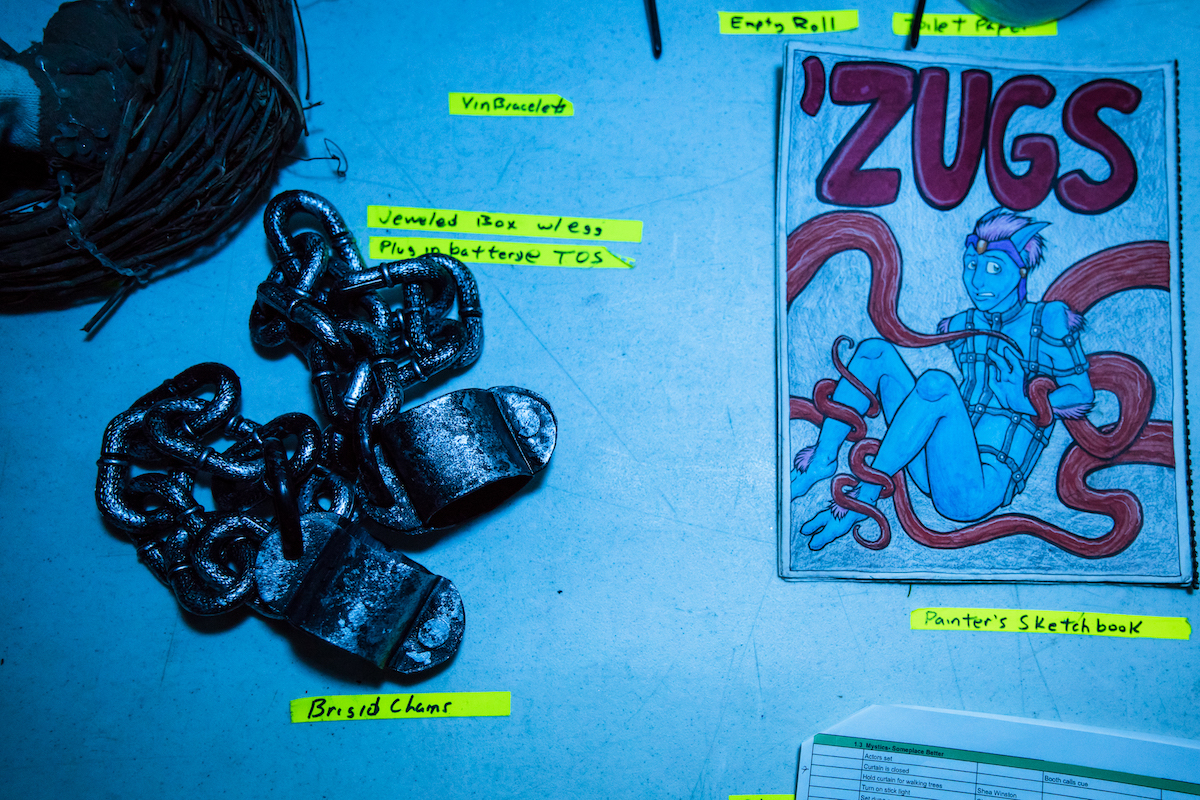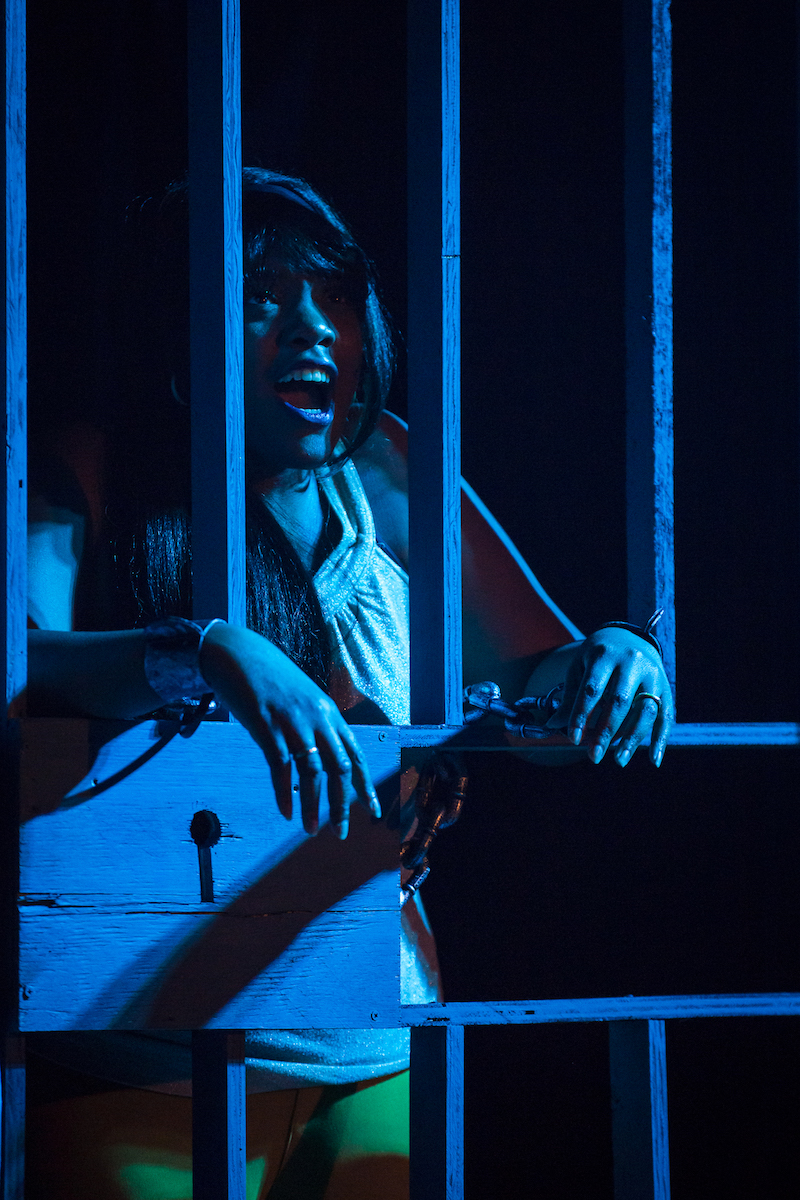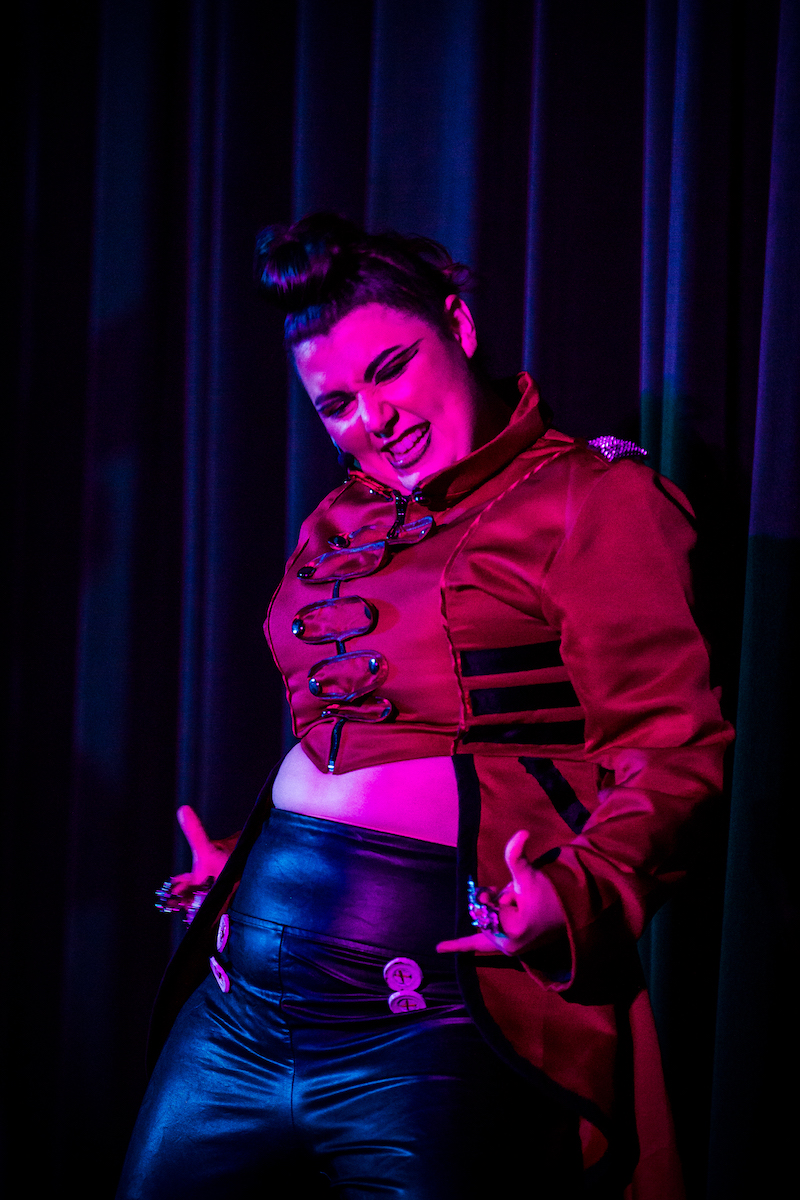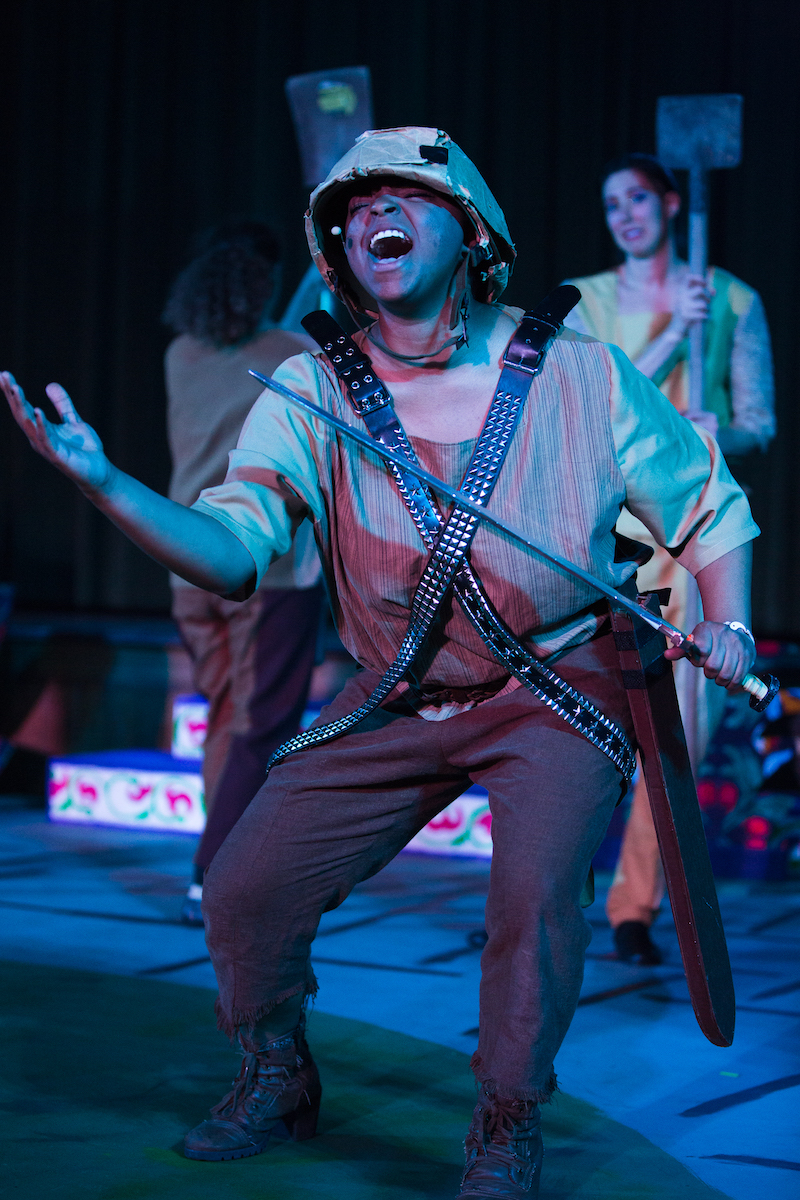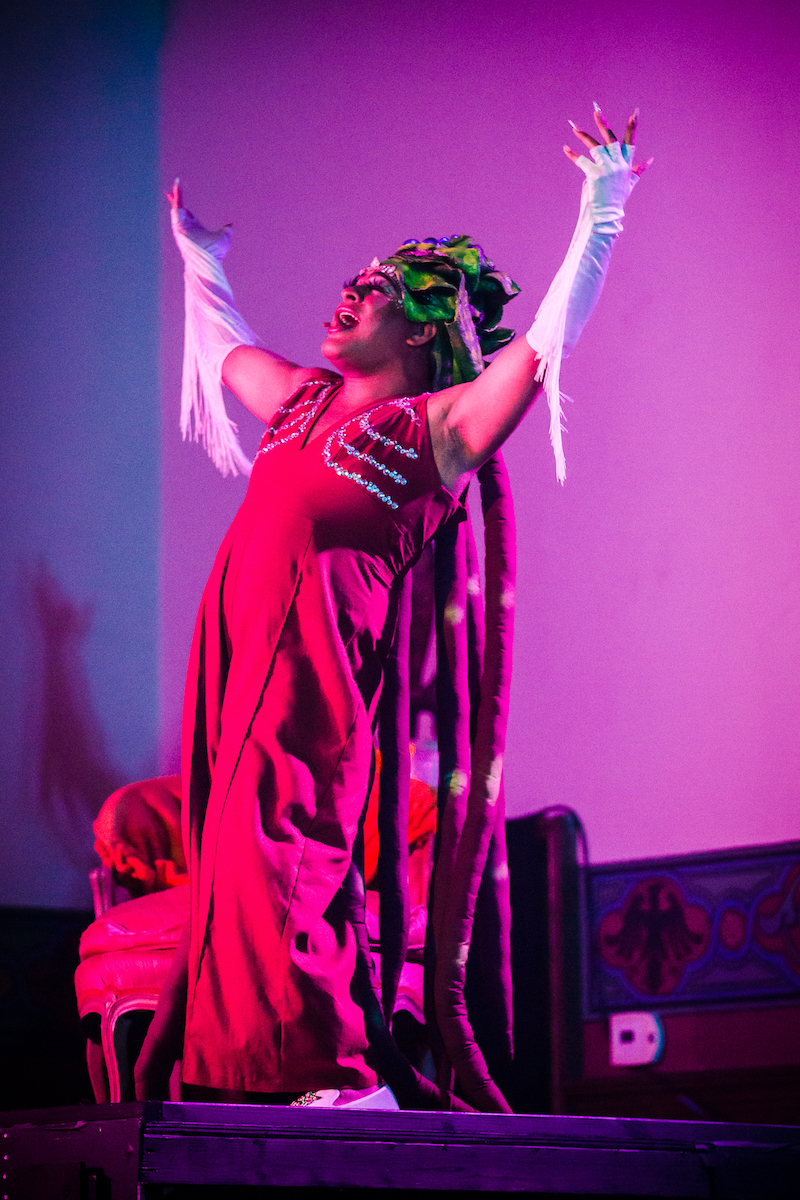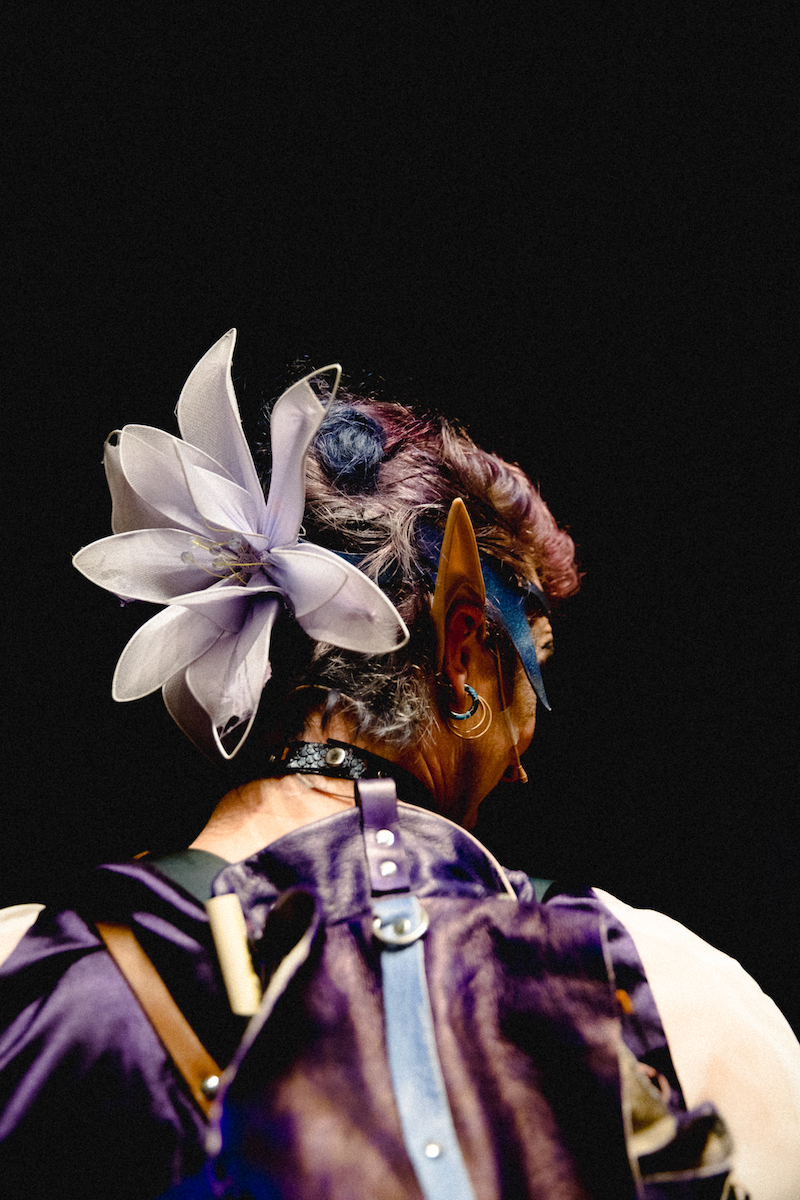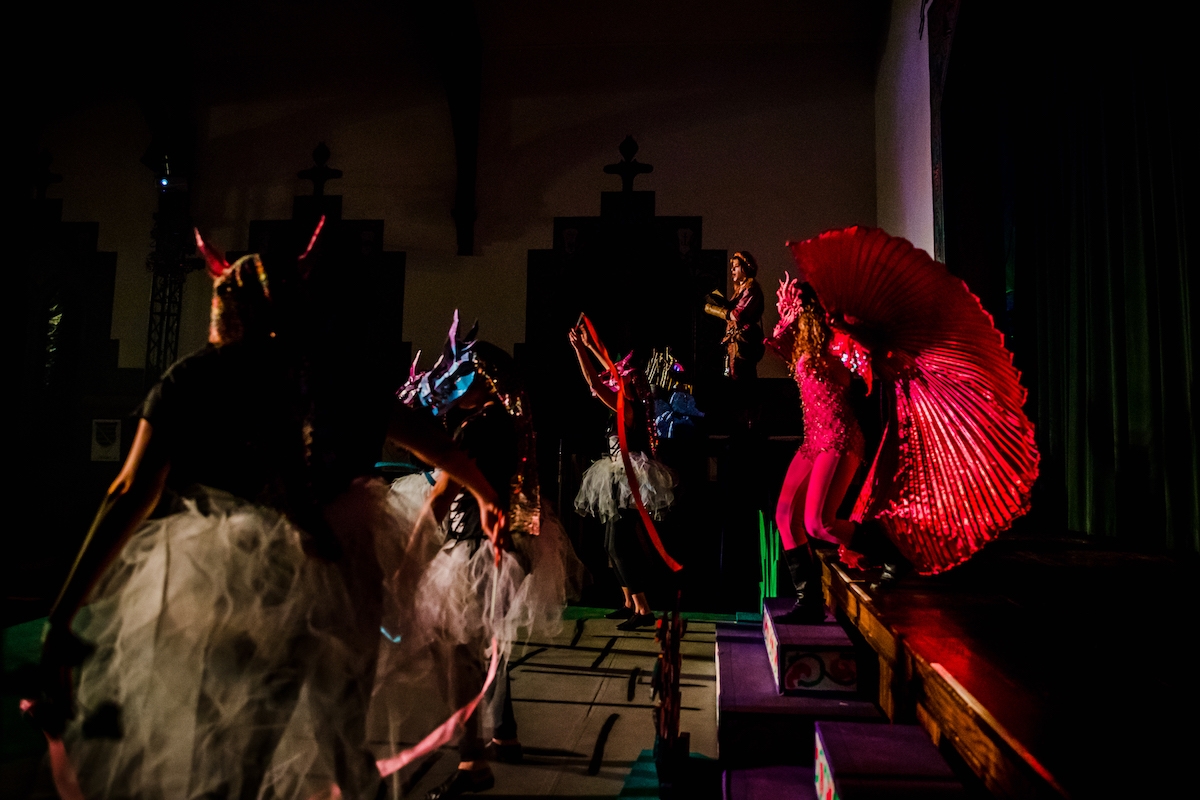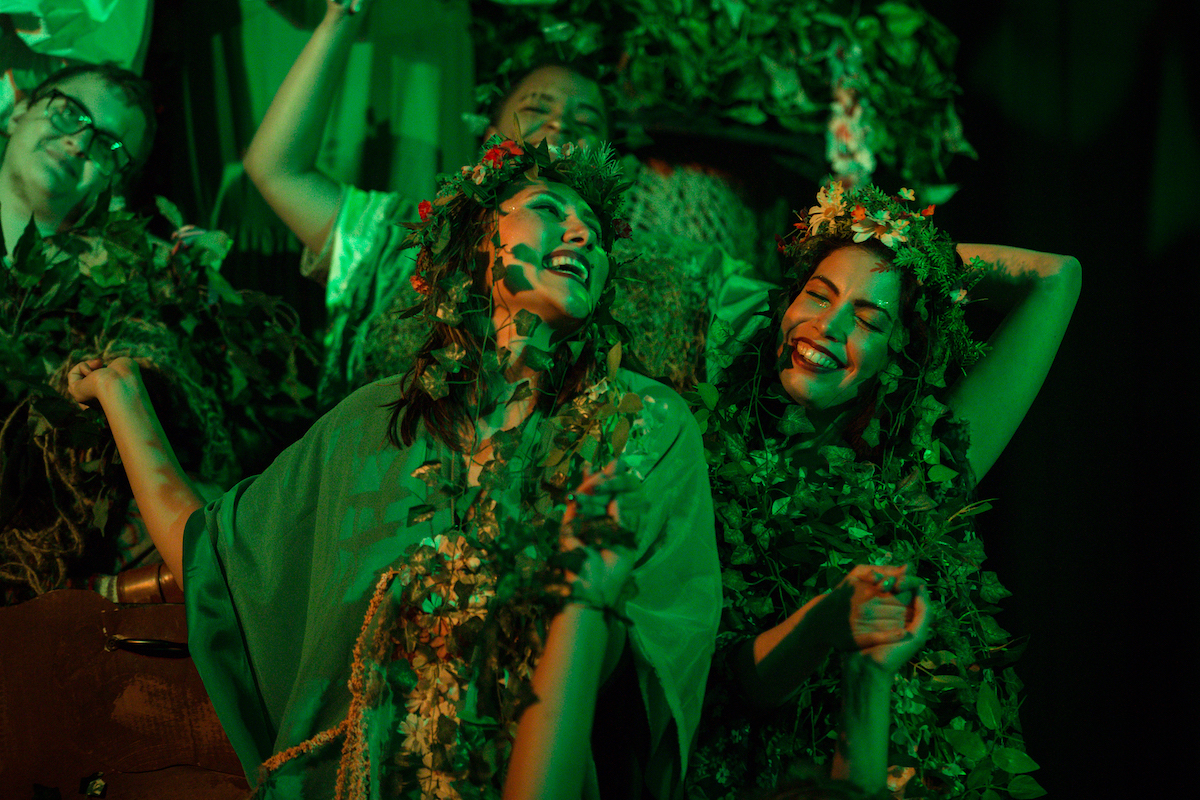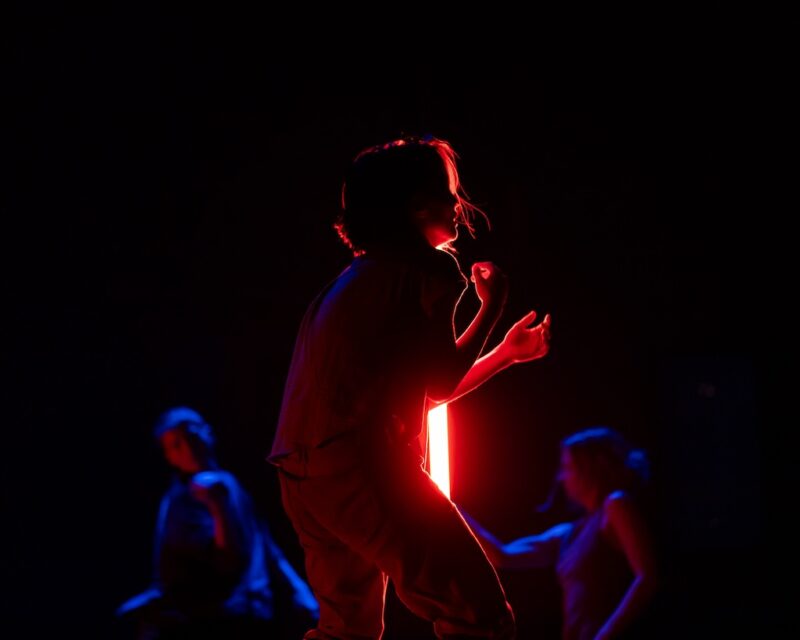There is a collective urge to scream right now. Yelling at gruesome things can be daringly delightful. Audiences have been doing this for thousands of years, toward gladiators in the Colosseum, or everyday human dramas on the Jerry Springer show, or certain movies involving shower curtains and ski masks. These days, though, live audiences rarely have an opportunity to hoot and boo during theatrical performances. The exception can be found in productions of the Baltimore Rock Opera Society, also known as BROS.
In BROS shows, the audience’s vocal commentary enlivens the upbeat and uncanny production—in the vein of a midnight Rocky Horror Show. This weekend you can join in on the fun and see their latest original rock opera, Glitterus: Dragon Rising, at the Zion Lutheran Church.
A suite of passionate writers, musicians, stagehands, designers, and performers came together to produce Glitterus: Dragon Rising. The libretto includes more than a dozen original musical numbers written by six composers. A live band featuring synths, electric guitars, fast, precise drumming, and an aerophone brings the show to life. One would be hard-pressed not to nod along as the cast wails the lyrics. It’s an elaborate feat—requiring dozens of collaborators—to generate such an original show. As stage manager Liz Richardson says, “We never hit the same mistake twice, we always hit a new mistake, but it’s always a spectacle, and always worth it.”
The community members of BROS shared with BmoreArt some insights on the hard work that goes into having so much fun.
